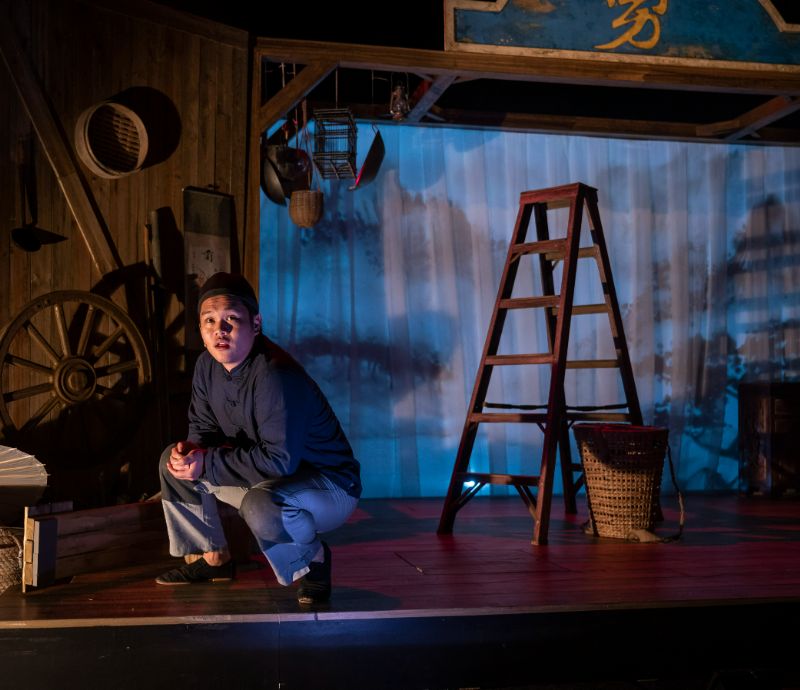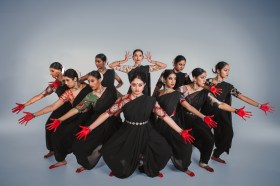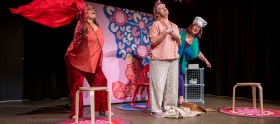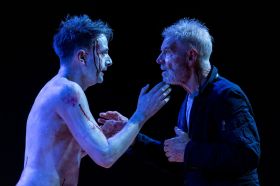Yong: quick links
The allure of the Goldrush of 1857 led to many travelling from faraway lands in the hopes of finding their fortune. Yong, a new play by Jenevieve Chang, tells the story of one such expedition. Setting off on this adventure is a 13-year-old boy, Yong (Alan Zhu) who reluctantly leaves his home in China to follows his father’s dream.
They journey across the sea and find themselves in South Australia rather than Victoria, which in turn necessitates a perilous overland journey to the goldfields of Ballarat.
Yong is performed by one actor taking on all the roles. Zhu adeptly switches from a 13-year-old boy to his father and select other members of their travelling party. It is easy to follow the conversations when they happen and Yong’s monologues are believably those of a young man being asked to grow up too fast. Zhu is particularly good when he switches into the role of the villain, George, a racist guide who takes advantage of the group when they need someone to show them the way to Ballarat.
Yong: An accessible and engaging play
The script is based on the book, Yong: the journey of an unworthy son by Janeen Brian. Chang adapts this material to the stage in an accessible and engaging way. The struggles of Yong with leaving his childhood home and the difficult relationship with his father is well told. There is plenty of humour in the script that helps endear Yong to the audience.
While the story is mostly told chronologically there are some flashbacks and flashforwards. It would have been better for the audience to be given a glimpse of life back home so as to understand what led to the decision to undertake such a risky journey.
The initial flashforward (which nods to the climax) is also confusing and disorienting. When the foreshadowed action finally occurs there is a reduction in suspense and it’s underwhelming.
Yong: an important part of Chinese-Australian history
Yong’s action takes place on a beautiful set consisting of a large wooden frame. A curtain inside the frame allows for projections that help set the scene or illustrate what’s going on in the boy’s mind. The doors are filled with paraphernalia, some of which are worked into the show.
A ladder sits on the middle of the stage and Darren Yap’s direction makes great use of this as a focal point. It is used to symbolise the struggle of Yong’s long walk as he climbs up and down it. It’s a simple but effective approach. Yap’s direction is also noticeable for the smart use of blocking to make it clear who is talking and when Zhu switches characters.
Read: Kimberly Akimbo review: a Broadway musical hit now making its Australian premiere
Monkey Baa theatre has taken an important and not well-known part of Chinese-Australian history and turned it into a production that is well worth seeing. Anyone interested in Victorian history will get a lot out of this show. While directed primarily for a young audience of 10+ it is also entertaining for adults as well.






